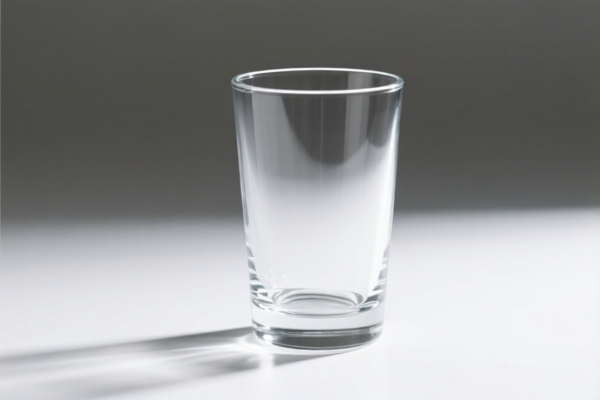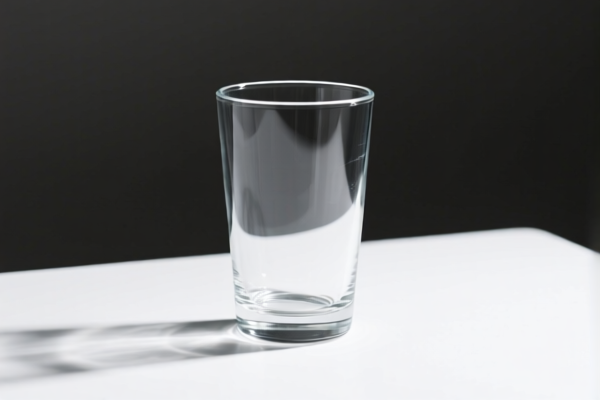| HS Code | Official Doc | Tariff Rate | Origin | Destination | Effective Date |
|---|---|---|---|---|---|
| 7019133500 | Doc | 59.2% | CN | US | 2025-05-12 |
| 7019901100 | Doc | 59.8% | CN | US | 2025-05-12 |
| 7020006000 | Doc | 60.0% | CN | US | 2025-05-12 |
| 3901909000 | Doc | 61.5% | CN | US | 2025-05-12 |
| 3901905501 | Doc | 61.5% | CN | US | 2025-05-12 |




Glass Rope
Glass rope, also known as fiberglass rope, is a manufactured material exhibiting high tensile strength, flexibility, and resistance to a variety of environmental factors. It is not a traditional rope woven from fibers like hemp or cotton, but rather a braided or twisted assembly of glass fibers.
Material Composition
The primary component is glass fiber, typically E-glass, S-glass, or other specialized glass formulations. These fibers are composed of silica plus other oxides, providing inherent properties such as:
- High Temperature Resistance: Withstands temperatures up to 1000°F (538°C) or higher, depending on the specific glass type and coating.
- Chemical Resistance: Resistant to many acids, bases, and solvents.
- Electrical Insulation: A good electrical insulator.
- Non-Combustible: Does not burn or support combustion.
- Strength: High tensile strength relative to its weight.
Often, a binder or coating is applied to the glass fibers to improve handling, abrasion resistance, and maintain structural integrity. Common coatings include silicone, PTFE, or acrylic.
Purpose and Function
Glass rope serves as a versatile material in applications requiring thermal management, sealing, and insulation. Its key functions include:
- Gasketing and Sealing: Used in ovens, furnaces, boilers, and other high-temperature equipment to create airtight seals and prevent leakage.
- Thermal Insulation: Provides effective insulation in high-temperature applications, reducing heat loss or transfer.
- Expansion Joints: Accommodates thermal expansion and contraction in structures and equipment.
- High-Temperature Barriers: Acts as a barrier to prevent heat transfer or the spread of flames.
- Wear Pads & Strips: Provides a durable, wear-resistant surface.
Usage Scenarios
- Industrial Furnaces & Ovens: Sealing doors, flue openings, and other areas subject to high temperatures.
- Boiler Systems: Gaskets and seals for boiler doors and access points.
- Chimneys & Stoves: Sealing around stove pipes and chimney liners.
- Welding Curtains & Blankets: Provides heat resistance and protection.
- Aerospace: Insulation and fire barriers in aircraft and spacecraft.
- Automotive: Exhaust system gaskets and seals.
- Construction: Expansion joints in concrete and masonry structures.
Common Types
- E-Glass Rope: The most common type, offering a good balance of properties and cost-effectiveness. Suitable for general-purpose applications up to approximately 850°F (465°C).
- S-Glass Rope: Higher strength and temperature resistance than E-glass, suitable for more demanding applications up to approximately 1000°F (538°C).
- Ceramic Rope: Made from high-alumina fibers, offering exceptional temperature resistance (up to 2300°F / 1260°C) and chemical stability.
- PTFE-Coated Rope: Offers improved chemical resistance and lower friction.
- Silicone-Coated Rope: Provides flexibility and resistance to high temperatures and weathering.
- Braided vs. Twisted Rope: Braided rope generally offers better flexibility and conformability, while twisted rope is more economical.
Glass rope typically consists of glass fibers woven together, serving as a high-temperature insulation material, sealing material, or reinforcement component in various industrial applications.
The following HS codes from the provided reference material may be relevant:
- 7019133500: This code covers Glass fibers (including glass wool) and articles thereof (for example, yarn, rovings, woven fabrics): Slivers, rovings, yarn and chopped strands and mats thereof: Other yarn, slivers: Other. The first two digits, '70', indicate the chapter for glass and glass articles. '19' specifies articles of glass fibers. '13' further defines slivers, rovings, yarn, and chopped strands. '35' and '00' pinpoint 'Other yarn, slivers: Other'. This code is applicable if the glass rope is primarily in the form of yarn or rovings. The total tax rate is 59.2%.
- 7019901100: This code covers Glass fibers (including glass wool) and articles thereof (for example, yarn, rovings, woven fabrics): Other: Woven. '70' denotes glass and glass articles, '19' specifies articles of glass fibers, and '90' indicates other articles. '11' and '00' specify 'Woven'. This code is suitable if the glass rope is manufactured as a woven fabric. The total tax rate is 59.8%.
- 7020006000: This code covers Other articles of glass: Other. '70' represents glass and glass articles, and '20' signifies other articles of glass. '00' and '60' specify 'Other'. This code may be applicable if the glass rope doesn't fall neatly into the 'fibers' category and is considered a general glass article. The total tax rate is 60.0%.
Customer Reviews
No reviews yet.